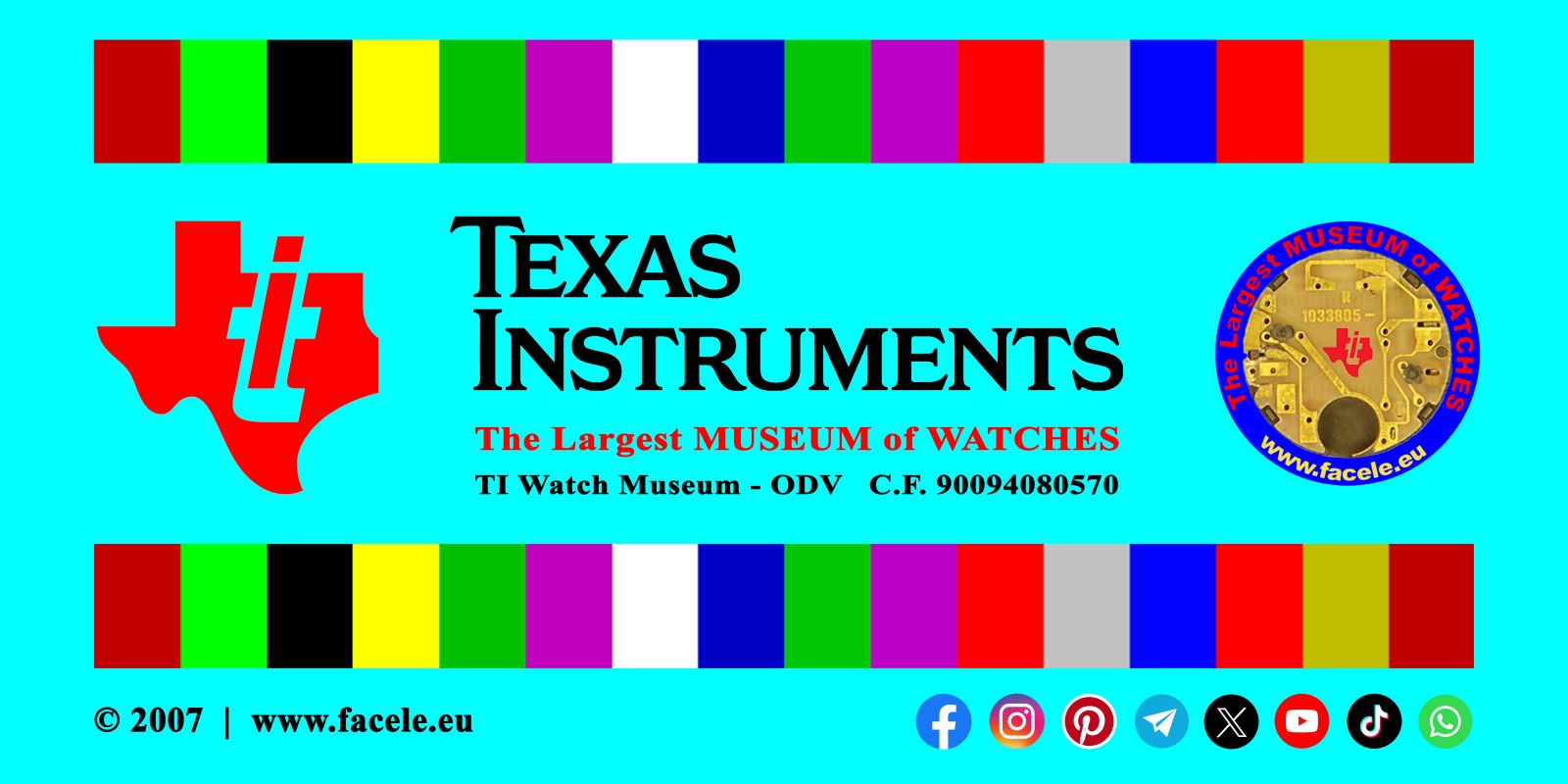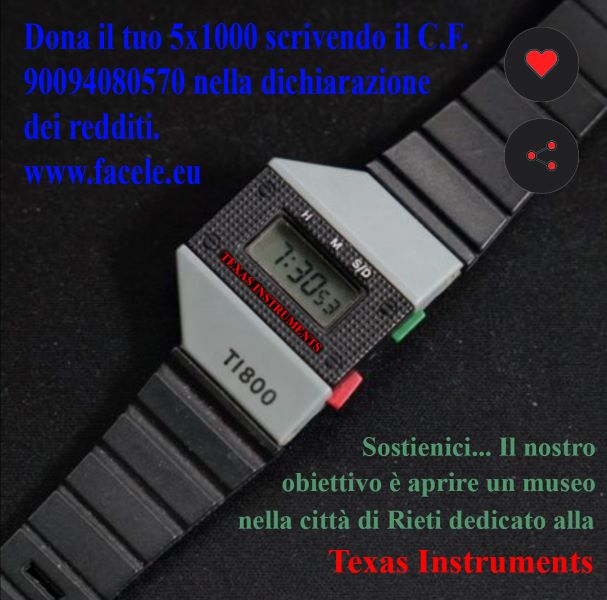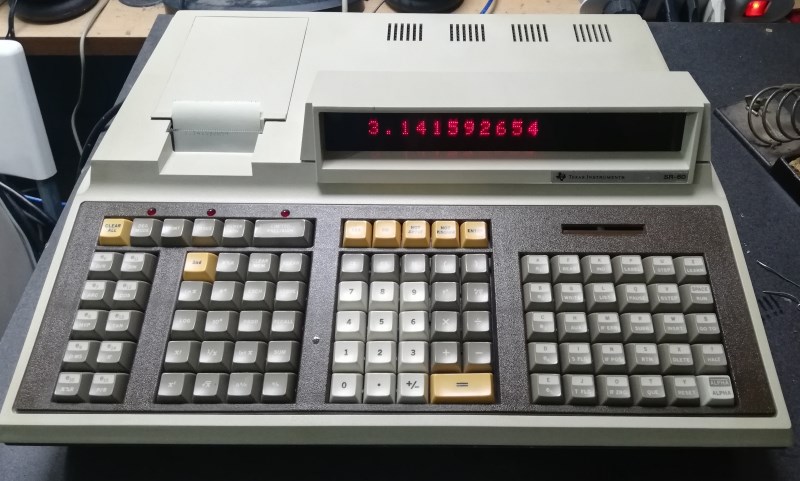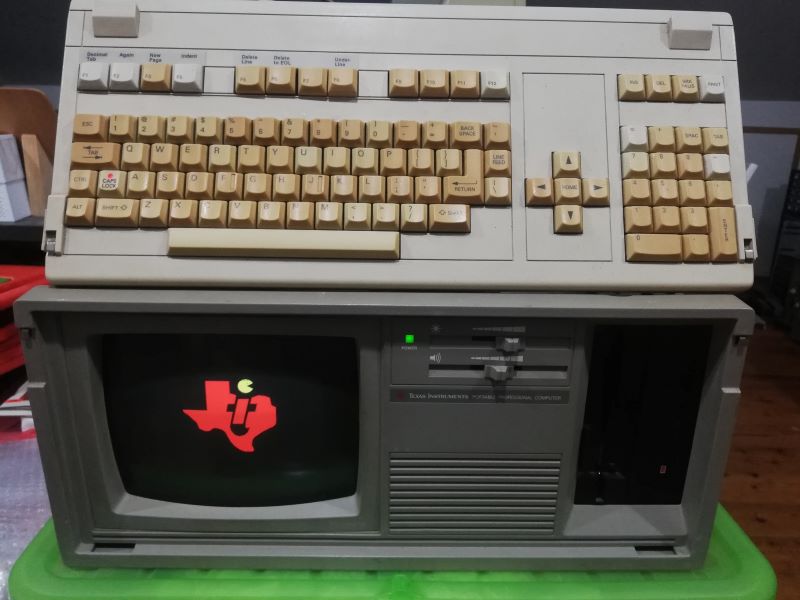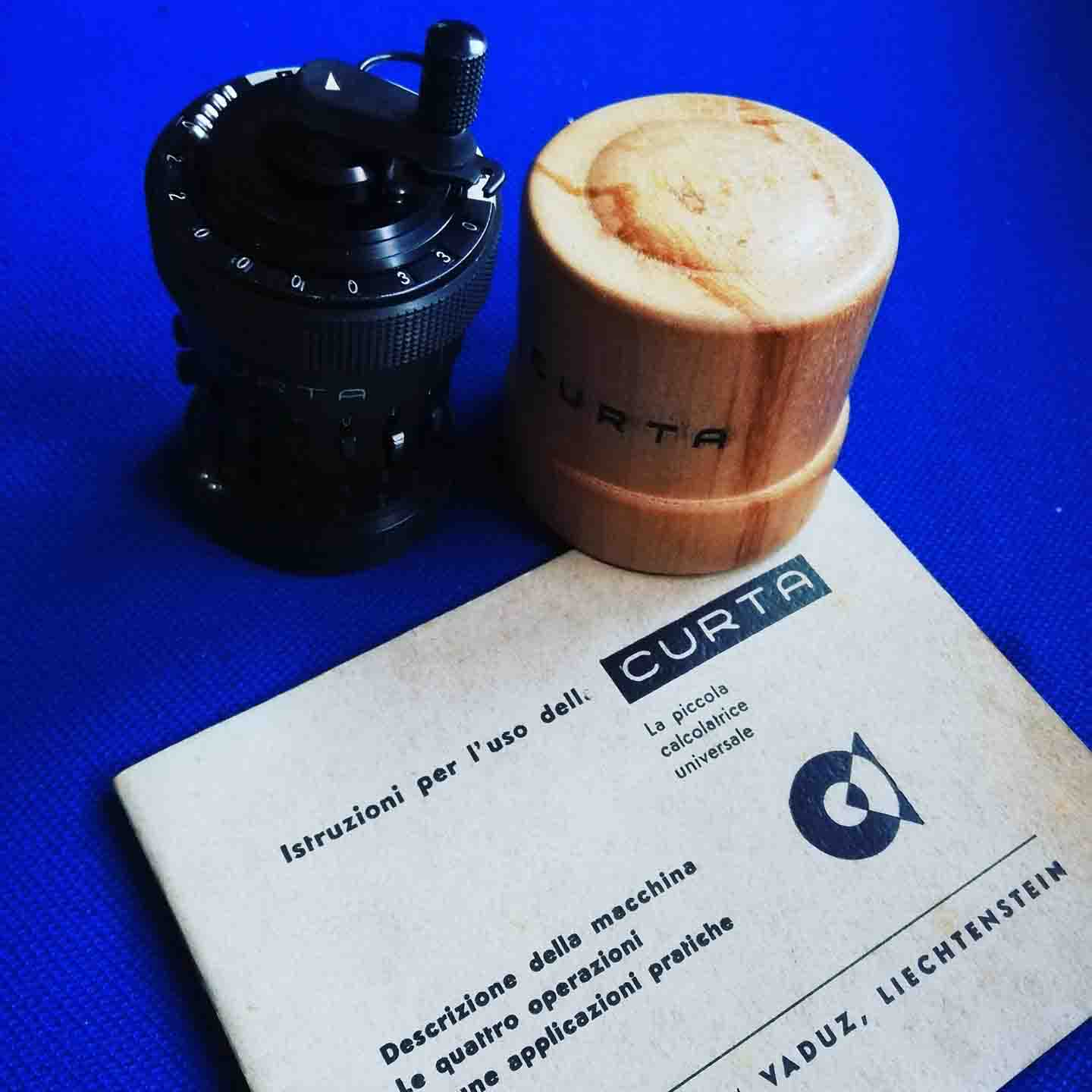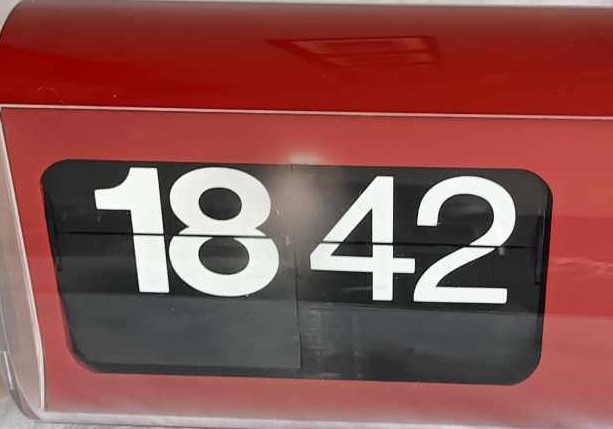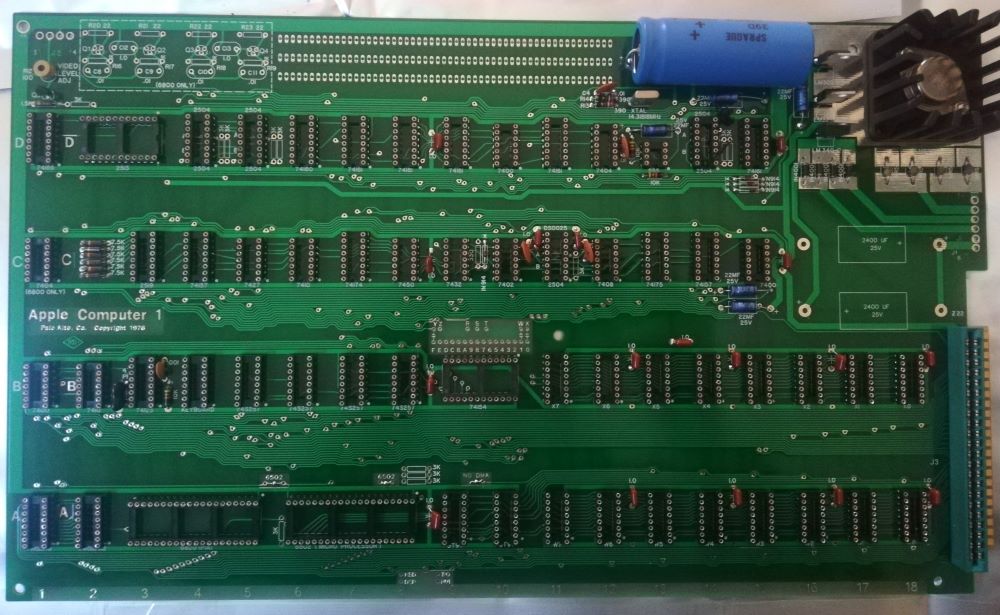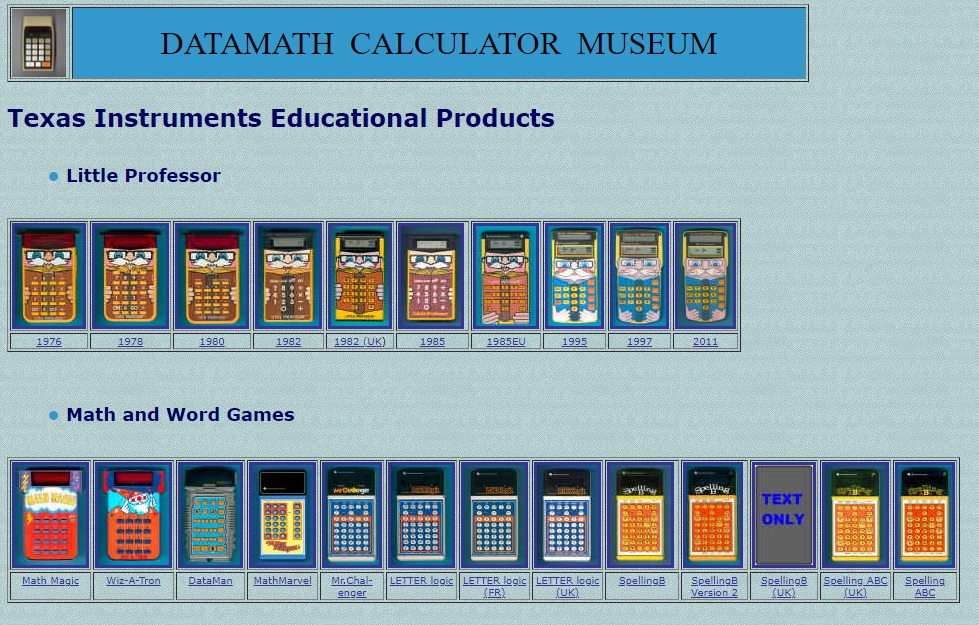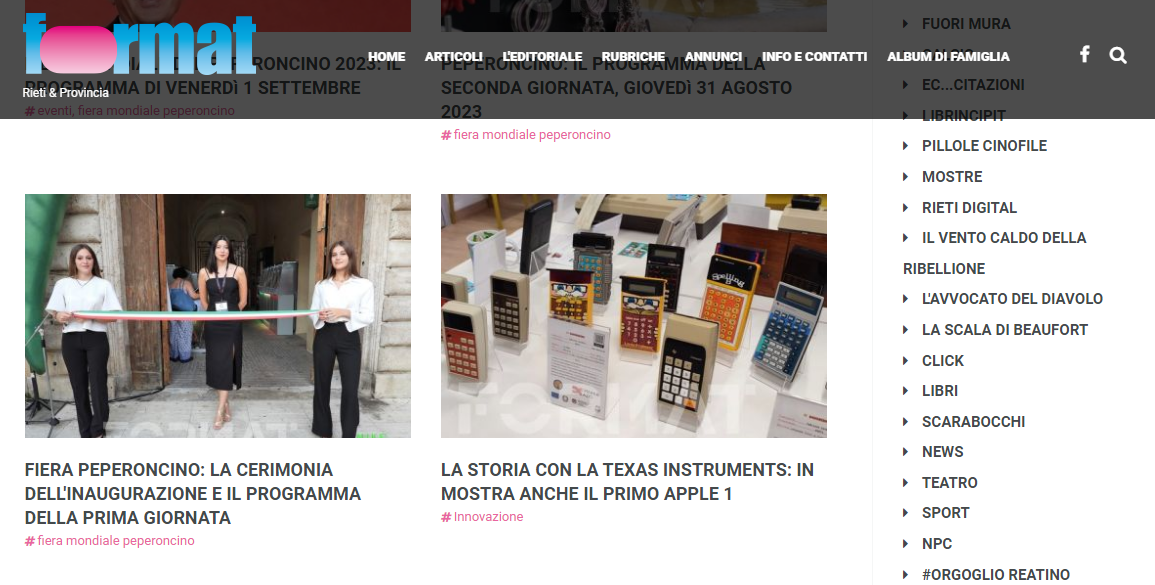![]() The history of Texas Instruments.
The history of Texas Instruments.
1930 Texas Instruments was officially born as GSI (Geophysical Service Incorporated), which deals with geological surveys
for the oil industry
1951 GSI changes its name to Texas Instruments Incorporated.
1954 TI launches a real technological revolution by making the first silicon transistor, which it will soon make germanium is
obsolete, and starting the production of the first transistor radio, the Regency TR-1.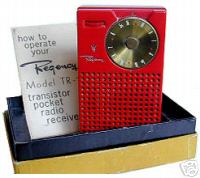
1955 TI creates the first infrared image sensor 1958 by Jack St. Clair Kilby, develops the first integrated circuit (chip), that is,
a series of passive and active electronic components that are different but connected in a circuit way, capable of fulfilling to a
specific function and made on a single semiconductor material platform, through a single manufacturing process.
The invention of the integrated circuit will be worth the Nobel Prize in Physics in Kilby in 2000. Also in 1958 TI made the
first analog-to-digital converter.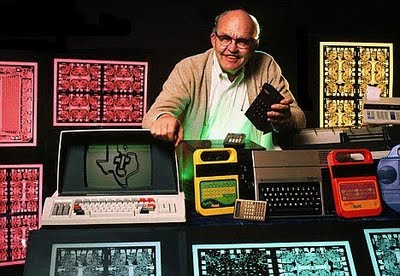
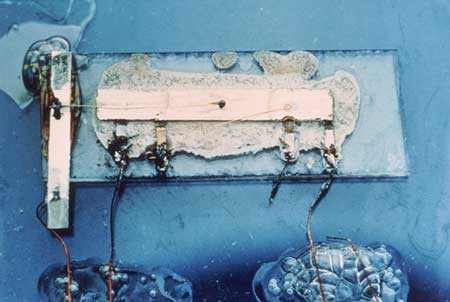
1964 TI is launching a new family of digital-logic devices (Series 7400) technology, TTL (Transistor-transistor logic),
the wide variety of logic functions offered by these devices available, the decree will become a worldwide success
standard adopted by most semiconductor companies.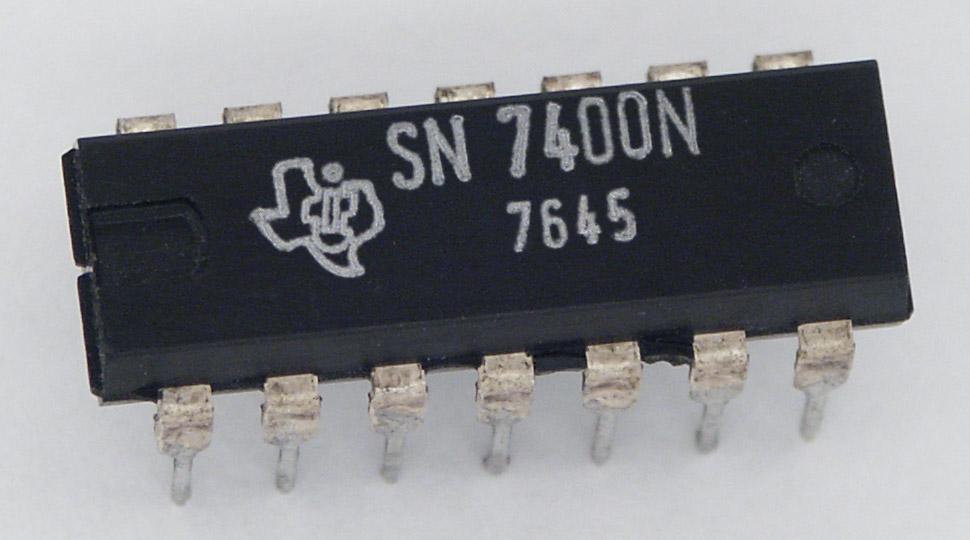
1967 TI developed the first prototype of a pocket calculator. This is a project called Cal Tech and is represented by a
calculator integrated circuits capable of performing the four basic arithmetic operations with a precision of 12 decimal
places. The keyboard consists of 18 keys and the results of the calculations is displayed on a paper tape by a small
built-in thermal printer. The Cal Tech, however, is not the first pocket calculator business model as the first pocket
calculator, developed in collaboration with their IT, will be sold by Canon in 1970, the not insignificant price
of $ 400 for that period.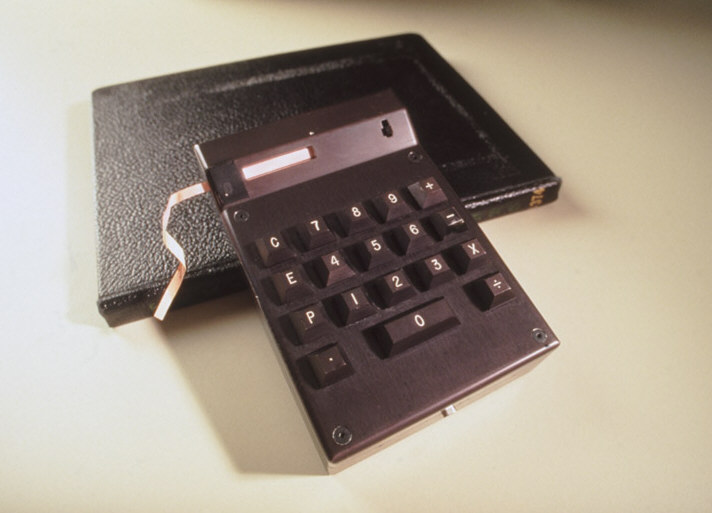
1972 TI enters the market with the TI-2500 Datamath model, the cost of only $ 150. The calculator used for the first
time a single chip to perform all math functions. The device is the ancestor of the modern microprocessor, the invention
of which is attributed to both the RT to Intel.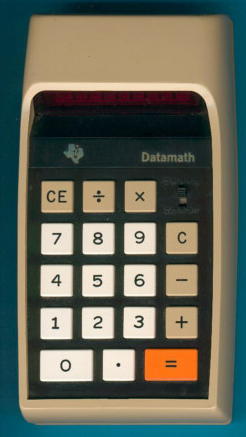
1975 TI enters the market with quartz digital watches.
1978 TI developed the first microprocessor for speech kicking off the first production of portable language translators,
and a line of teaching aids speakers including the "Speak & Spell," or "Il Grillo Parlante" and immortalized in the
famous film Steven Spielberg, ET.
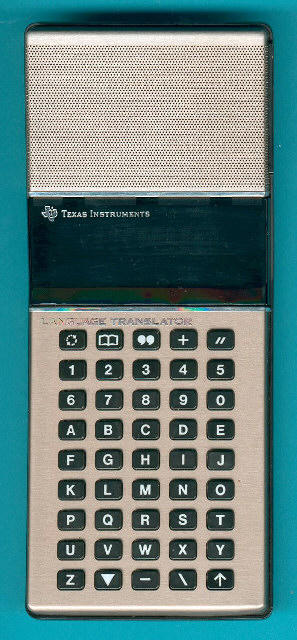

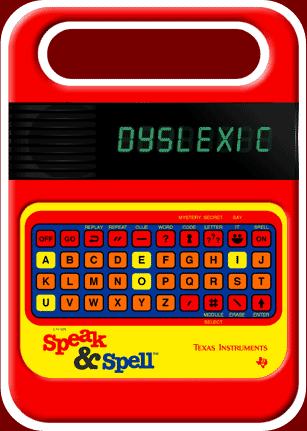
1981 TI debut in the world of home computers with the model equipped with a TI 99 TI 16-bit microprocessor, the TMS9900.
The computer, equipped with a 13-inch monitor is designed to work with special boxes that contain magnetic memory
management programs, entertainment or educational software and comes with an interesting voice module that can be
used to reproduce stored documents. The market reaction to the launch of TI 99 is good but the initial price of the computer
($ 525) is still considered excessive. In the same year launched a major operation of commercial promotion and marketing
that includes the involvement of schools and universities. The number of users of the TI 99 is growing rapidly and will
grow the library of software available. Under the pressure of the increased sales volume and especially the increasingly
fierce competition, the TI reduces the price of the TI 99 and only $ 299 in April 1982 appears to be the leading producer of
home computer. In early 1983, TI will further reduce the price of his computer at $ 100 and sells its millionth copy
distribution network now includes more than 20,000 stores around the world and are more than 2000 software
packages developed.
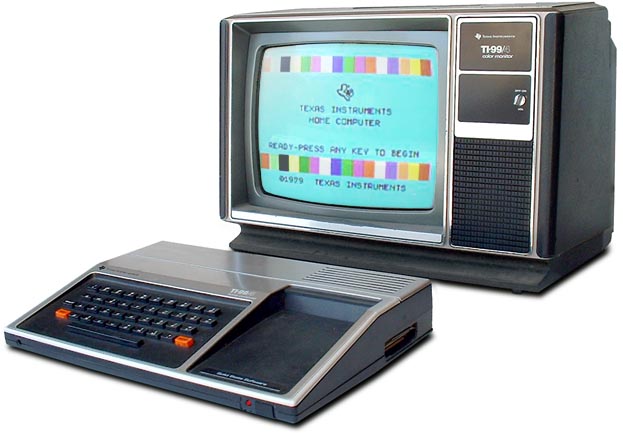
1982 TI produced its first DSP (digital signal processor), a microprocessor from highly specialized functions that can run
fast times in digital signal processing.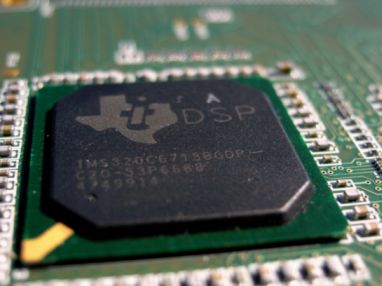
1988 sees the light of the first device Digital Light Processing (DLP) projectors that will be used on commercial video
only from the early years of the twenty-first century.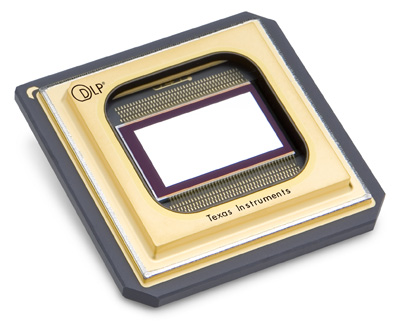
In the mid-nineties the company alive, perhaps one of its most difficult moments. The cyclical nature of the semiconductor
market seems to increase and big moments of elation are racing moments of deep depression and instability. The company,
similar to what happens for various companies competing, he decided to quit the business sectors to greater volatility,
including that of personal computers, the military, that of DRAM and software and focus on those sectors where may have
and maintain a position of commercial and technological supremacy. Several production centers are closed or sold to
competitors and thousands of redundant employees worldwide. At this time the sale of Italian sites located in
Rieti and TI Avezzano and the closure of the Aversa.
